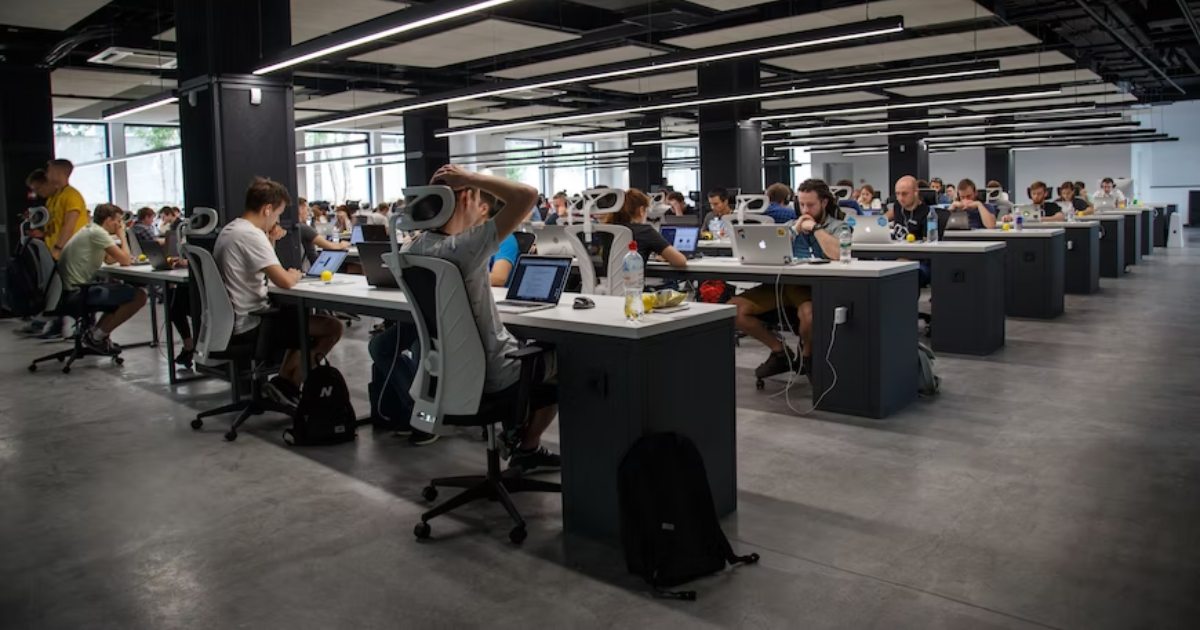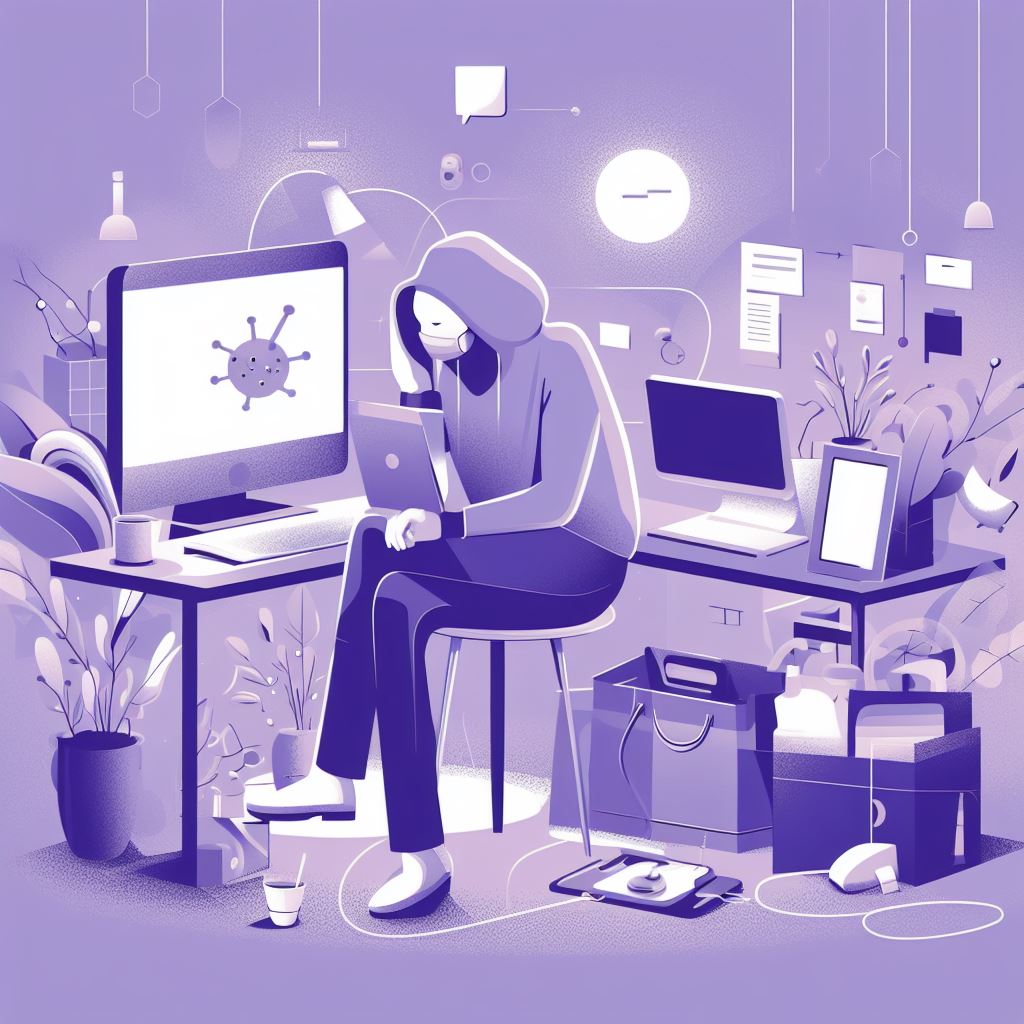Why Have Gamification in Training Programs
Why Have Gamification in Training Programs
Nowadays, to start a successful collaboration with an employee, companies need to create an effective training process. Some training techniques are outdated and require a lot of time, effort, and do not make effective results. But what about gamification? Is it connected with games?
What is gamification?
Gamification involves applying game elements to traditionally non-game contexts in companies to develop skills and educate employees. Moreover, gamification uses game-design elements such as points, leaderboards, awards, profile design, and team events to increase motivation and performance, for example, in learning environments. Read more: Gamification for Business Growth: How to Make Your Team Productive.
With more and more Generation Y or Millennials entering higher education and workplaces, there has been a significant acceptance of routinely using smartphones and playing games. Here is an overview of gamification’s benefits and concerns and useful information about how and where it is currently being used.
Gamification = organizational learning?
Through practicing, learners get more than someone instructing how to do this or that.
“10% of what we learn at work comes out of causes and readings, 20% of what we learn comes out of feedback (for example, colleagues help new employees or boss gives advice), but 70% of what we learn comes from on job work experience = it means practice doing what we supposed to do,” – Leif Sørensen.
For employees, it is important to understand the context of training or learning with gamification elements because you need to see where you are now and what you would like to reach – the main result.
To motivate people and help them move in the right way, others need to give them choices. But these choices are closely connected to the main goal.
Natural desires
People’s natural desires to socialize, educate, learn, achieve goals, compete with others, and express themselves lead to new learning and training techniques – gamification.
Apply the positive impact of gamification on learning, especially corporate learning, and you will unlock the door to a whole new level of learning benefits.
Benefits of gamification
HR and L&D professionals should not underestimate the benefits of gamification in corporate training. Infusing gameplay and leveraging competitiveness makes your corporate training more dynamic and can also significantly increase learners’ engagement.
Selective, purposeful gamification that aligns with learning goals has the potential to increase learner motivation and, ultimately, learning. In line with self-determination theory, leaders can use game design elements to enhance learners’ feelings of relatedness, autonomy, and competence to intrinsic motivation.
- Learning becomes more fun and interactive
When employees have more attention to focus on learning, gamification can help to create exciting, educational, and entertaining content.
- Real-time feedback
The gamification of learning allows employees to work towards real-time, measurable, meaningful targets and get upper-level feedback as those targets are achieved.
- Increases motivation
Many people are motivated by competition. Gamification provides opportunities for competition with others for high scores, rewards, and leaderboard rankings.
Also, in real life, we are motivated to do better because success brings tangible results. Gamification seeks to simulate those feelings and motivators in people.
- Improves productivity
More motivated employees are more productive because inspiration and dedication drive forward to work.
- Creativity and commitment
There are very well-known companies (such as Google) that spend a great part of their employees’ working day encouraging creativity through playful activities. Creativity and commitment drastically improve workers’ participation in this kind of program.
- Communication and collaboration
Human Resources departments, usually responsible for implementing gamified techniques for the training of employees, see their efforts acknowledged through the feedback they receive from employees.
One of the strongest factors within gamification in the training process is the ability to engage employees fully!
Bigger engagement in the training process
These gamification elements are not meant to turn work into a game, but it promotes employee engagement in the training process because it plays on the psychology that drives human engagement. Engagement needs to be an essential part of the process because “71% of Millennials say they’re not engaged or are actively disengaged at work”, Gallup 2016.
On the other hand, companies with highly engaged workforces are said to be 21% more profitable and 17% more productive.
The main factors of engagement are feedback, motivation, reward system.
First of all, gamification of corporate learning provides instant feedback so that learners are aware of what they know and what they need to know. This, too, facilitates better learner engagement and thereby better recall and retention.
Furthermore, offering an extrinsic reward can powerfully drive a behavioral change and encourage engagement. One of the ‘carrots’ used to encourage learner engagement in gamification is leaderboards, badges, and other gamified indicators of achievement. All of these rewards feed the natural human desire for status.
How to attain engagement?
To promote the impact of gamification, the learning content needs to:
- capture and retain learners’ attention;
- challenge learners;
- engage and entertain learners;
- teach learners.
Training programs with gamification elements
Educators should clearly understand the benefits and pitfalls of gamification in curricular design, take a thoughtful approach when integrating game-like design elements, and consider the types of learners and overarching learning objectives.
Businesses use gamification to work towards their business goals. Organizations apply gamification by creating a gamified user journey to support business goals by leveraging game mechanisms to influence desired behaviors.
Successful learning in the training process is a combination of 3 elements:
- 10% from formal training gamification focuses on the compelling ‘on the job’ type experiences where we learn more effectively simply by ‘doing’.
- 20% from feedback and from observing and working with peers and role models.
- An impressive 70% comes from real-life and on-the-job experiences, tasks, and problem-solving.
Gamification in the training process is a benefit that gives a possibility to engage employees at work and reach the company’s goals. Read more: How Does Gamification Work in Business









